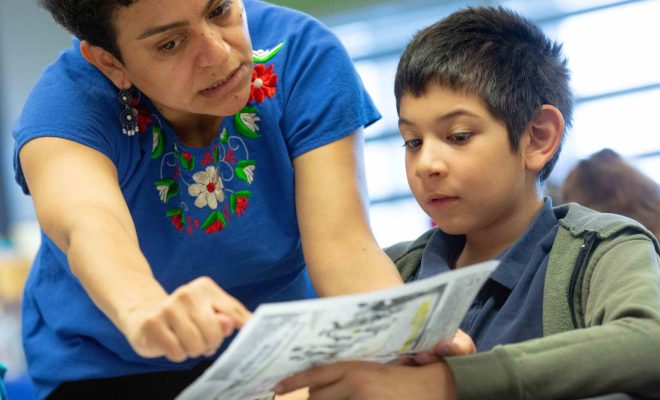Activities to Teach Students to Identify Parallel, Perpendicular, and Intersecting Lines

To become proficient in geometry, students must learn about a variety of lines and angles. One important concept is understanding parallel, perpendicular, and intersecting lines. These lines are basic building blocks of geometric shapes and figures. Therefore, it is important that teachers teach their students how to identify these lines.
Here are some activity ideas that will help students identify parallel, perpendicular, and intersecting lines:
1. Real-world Scavenger Hunt
Ask students to go on a scavenger hunt around the classroom and school to identify objects that are examples of parallel, perpendicular, and intersecting lines. They can take pictures of those objects and make a chart by writing the name of the object, and drawing the line which shows the required term. This activity will help students grasp how these types of lines occur in real-world scenarios.
2. Examples on Paper
Teachers can provide students with grid paper, ask them to draw various lines and shapes. The children can then label them as parallel, perpendicular, or intersecting lines. This activity provides a basic understanding of the concept.
3. Painting 3D Objects
Teachers may provide students with 3D objects, like Lego blocks or shoeboxes, and ask them to paint lines on them. These lines should be labeled as parallel or perpendicular. To identify intersecting lines, they could paint dots where the lines intersect. This will give them a better understanding of the concept in three dimensions.
4. Highlighting Examples in the Newspaper
Teachers may ask their students to look for examples of parallel, perpendicular, and intersecting lines in the daily newspaper. They can highlight the examples and paste them in their notebooks. This activity will help them discover real-world applications of the concept.
5. Interactive Online Games
There are many interactive educational games which allow students to practice distinguishing between parallel, perpendicular, and intersecting lines. These games can be played individually or in teams, and help to reinforce the concept and make learning fun.
In conclusion, understanding parallel, perpendicular, and intersecting lines is an essential component of geometry learning. Creative and fun exercises can help students to grasp complex concepts and apply them to real-world scenarios. Teachers looking for new teaching methods can try incorporating some of these activities for identifying lines in their curriculum to engage their students and help them gain a better understanding of the world of lines in geometry.


